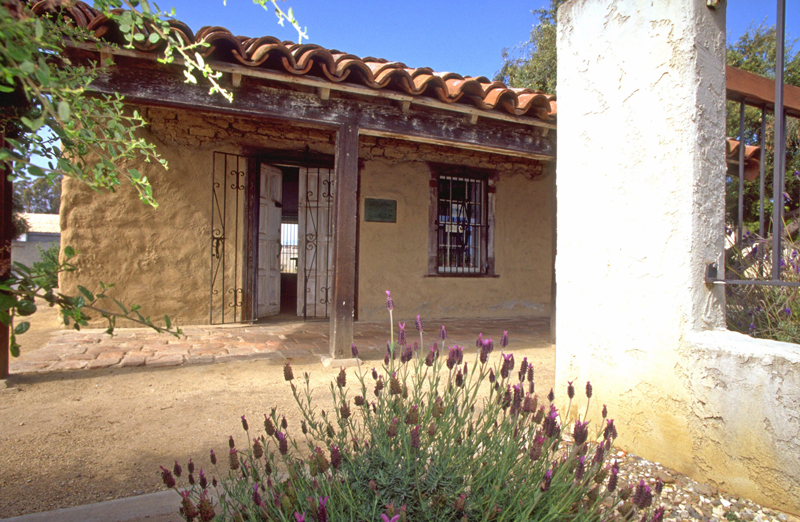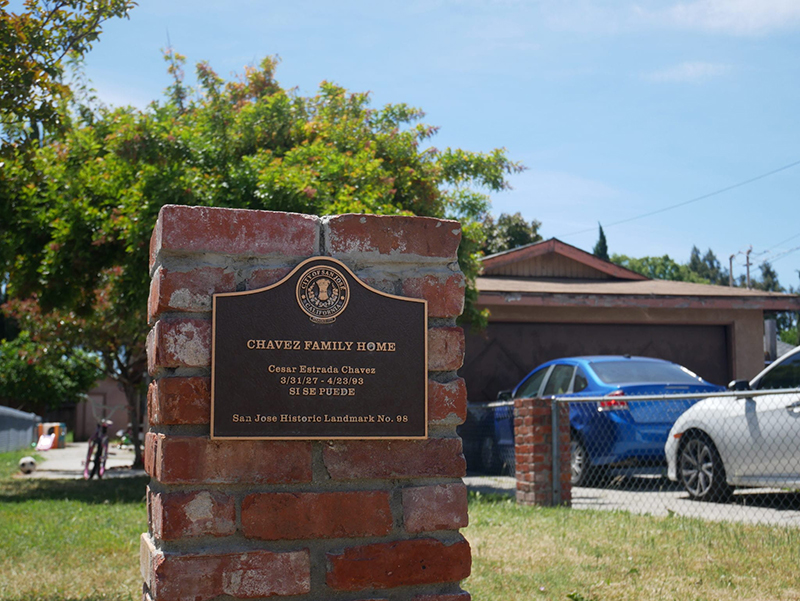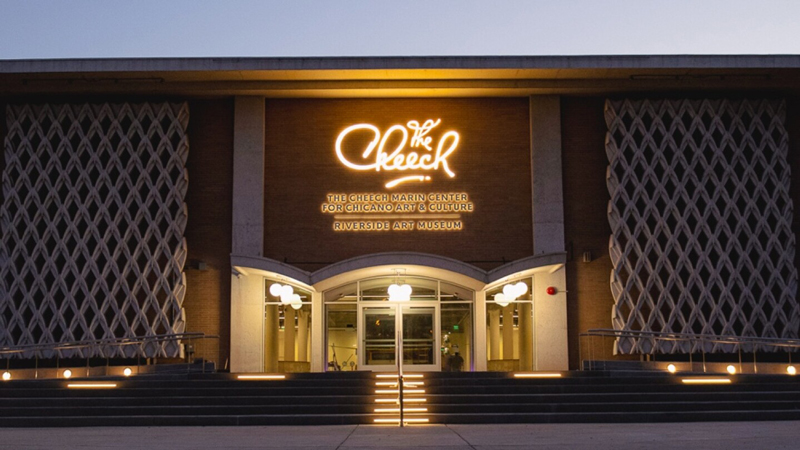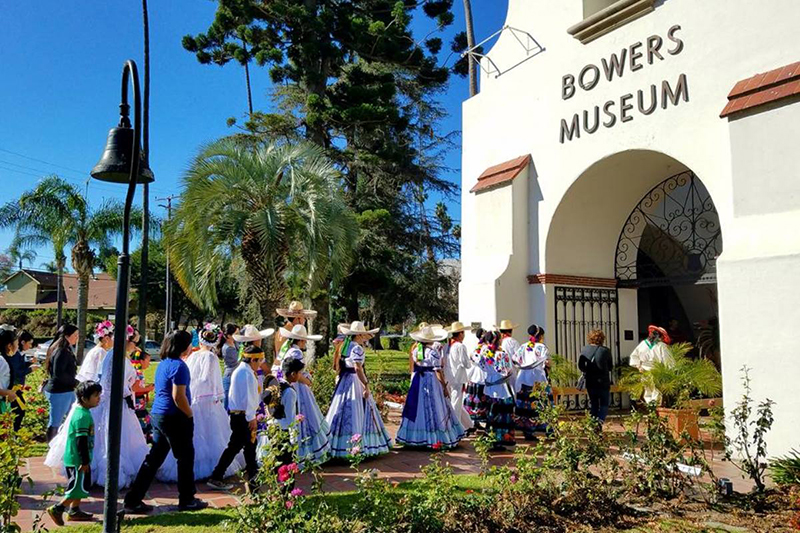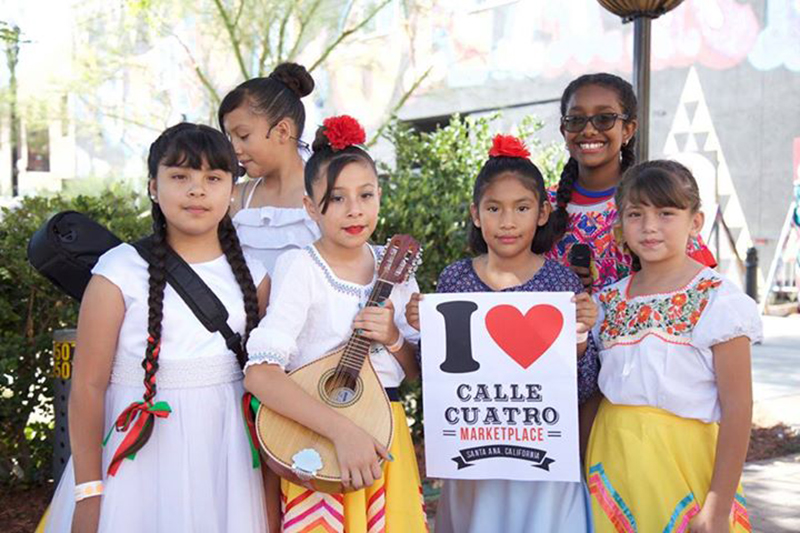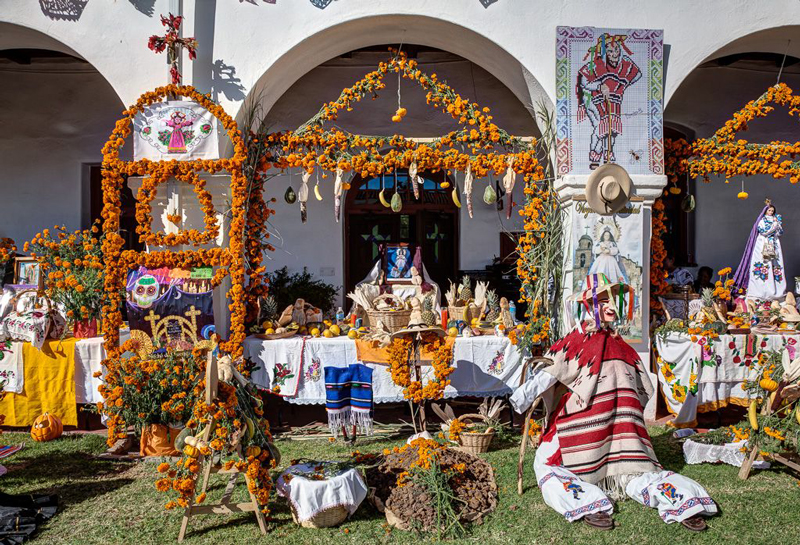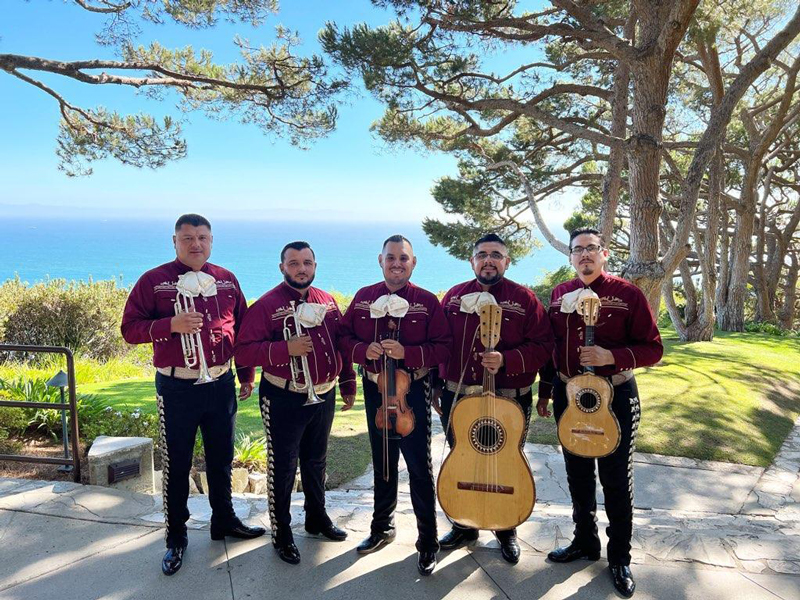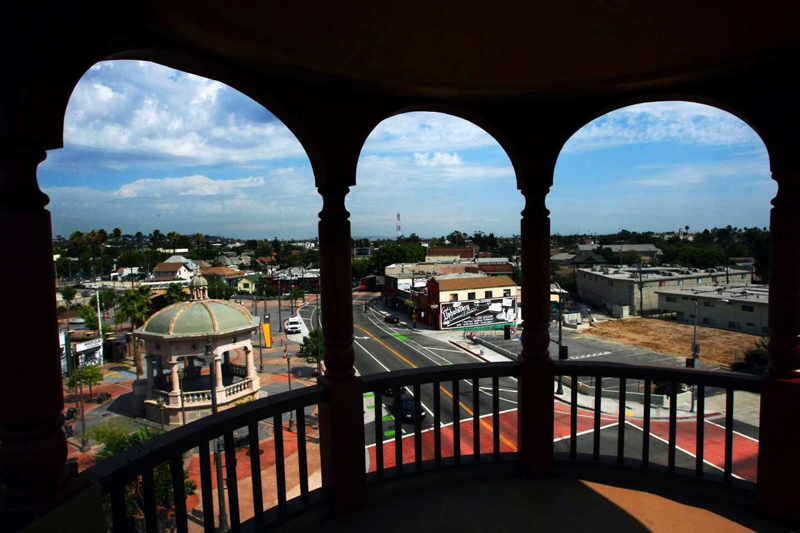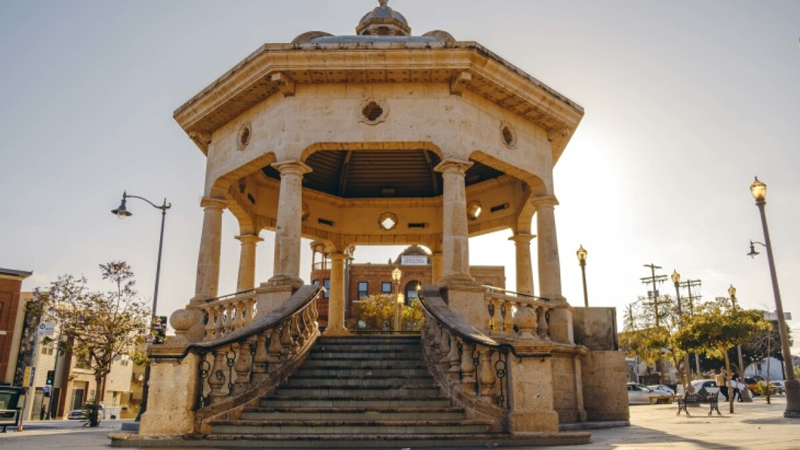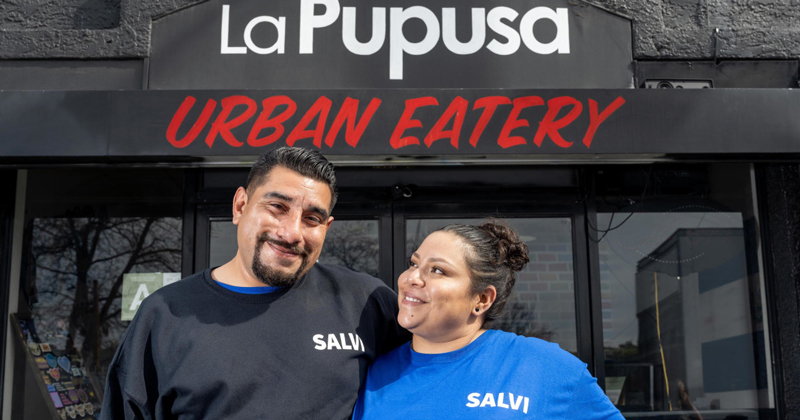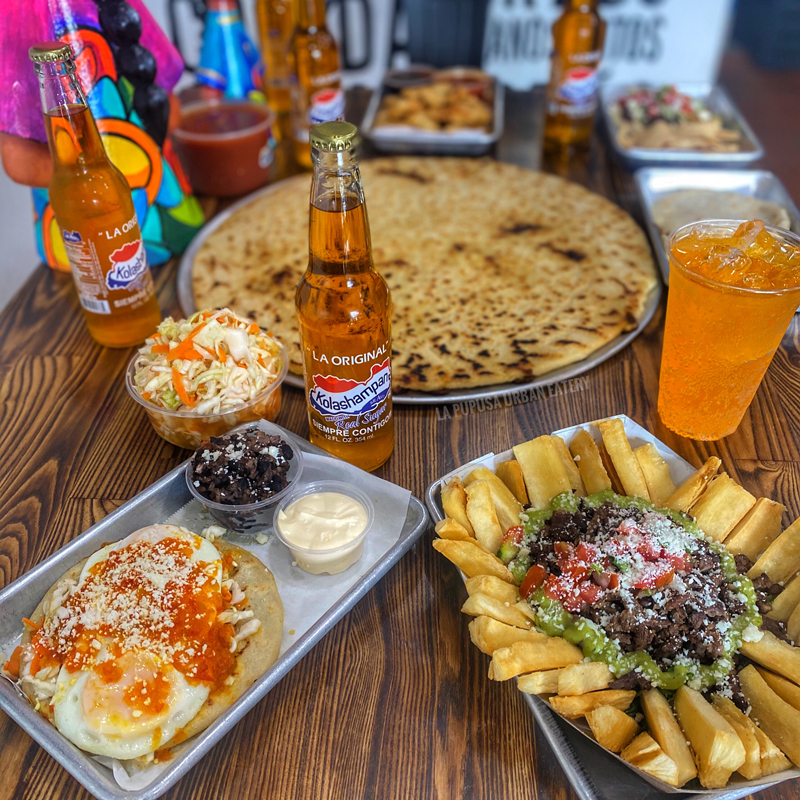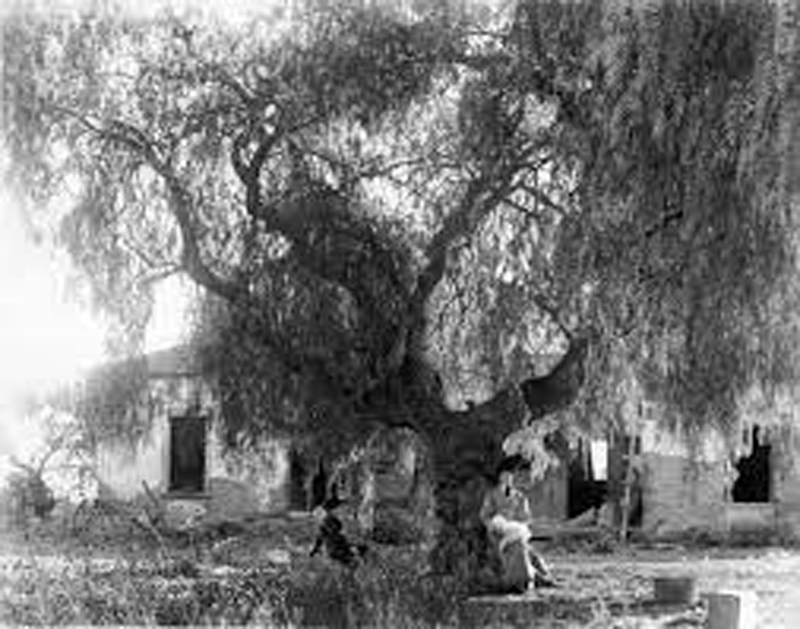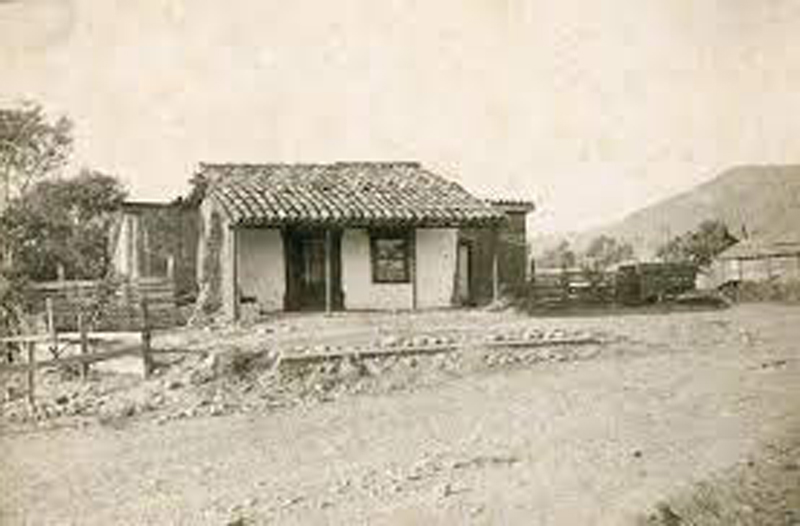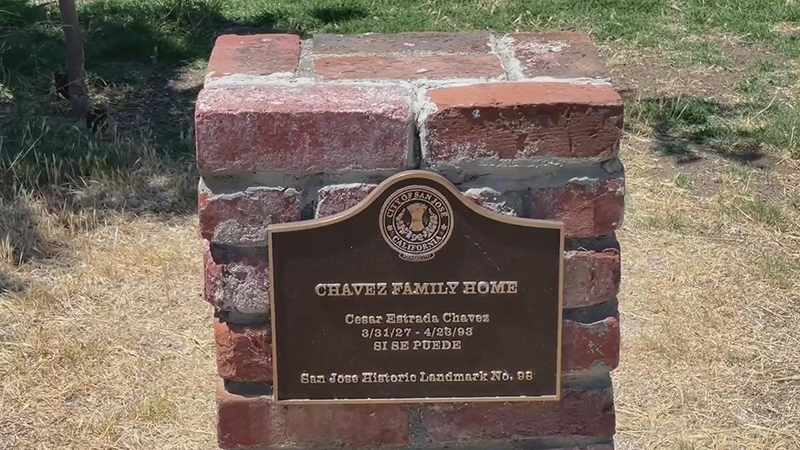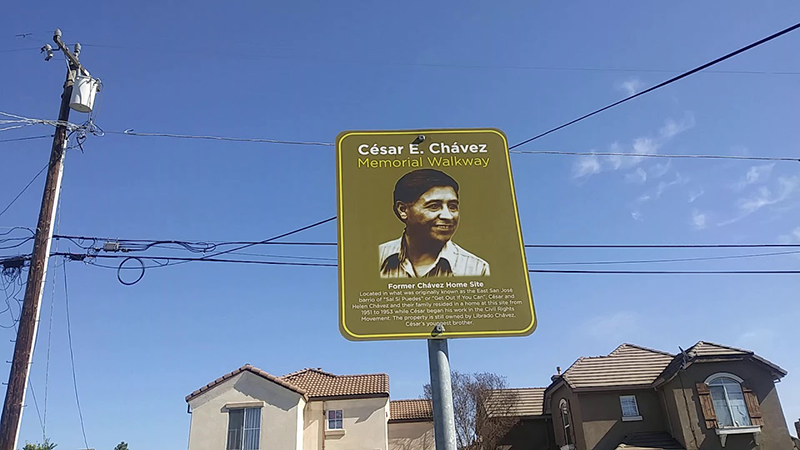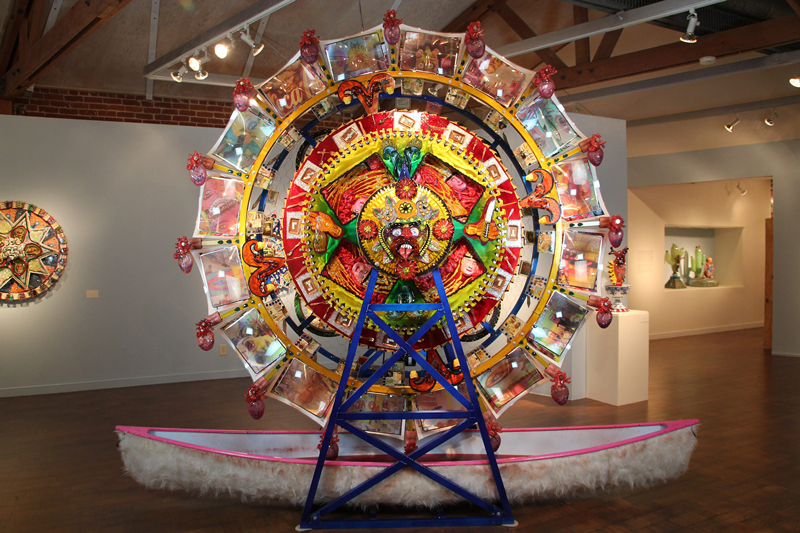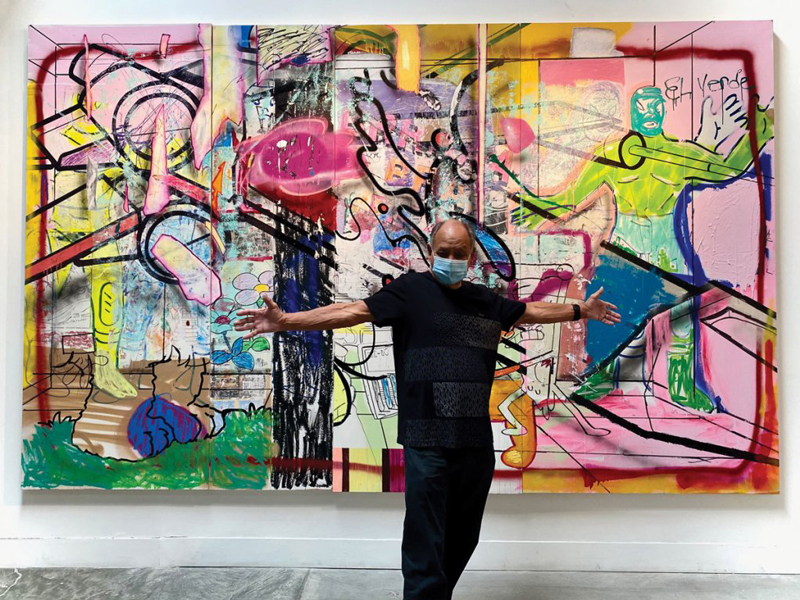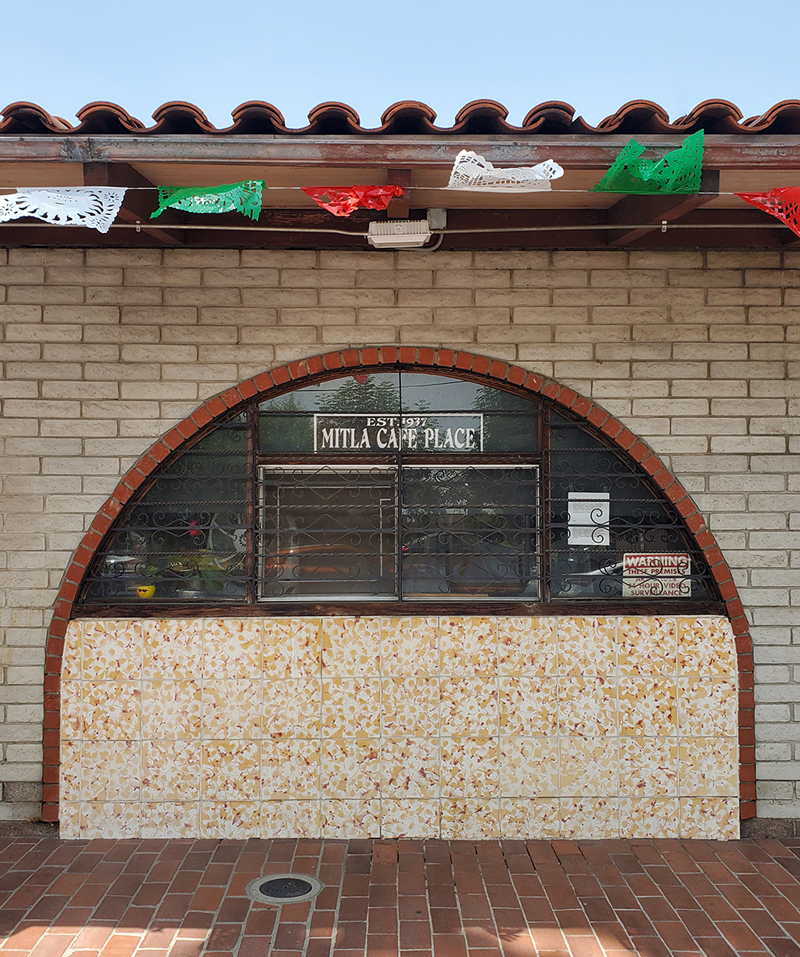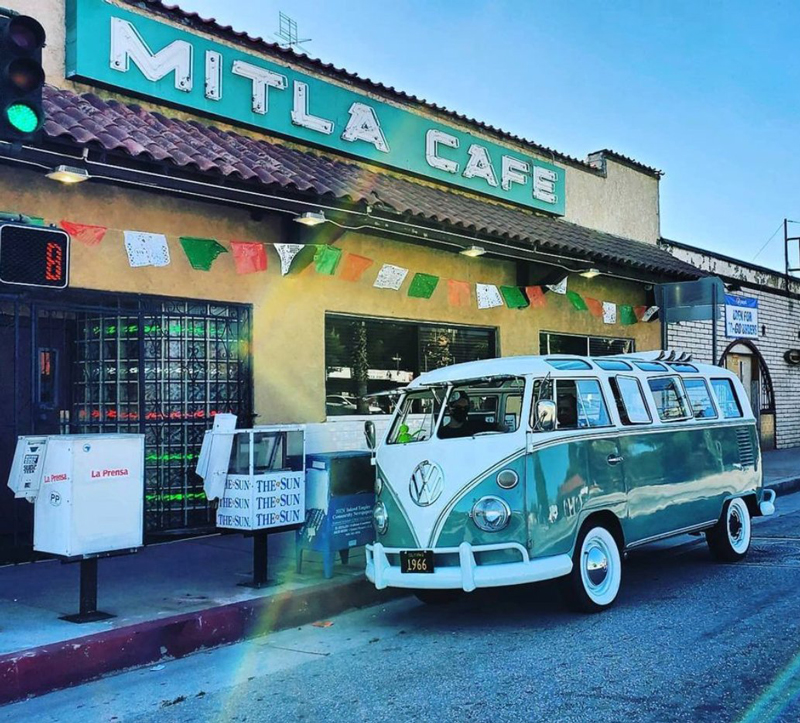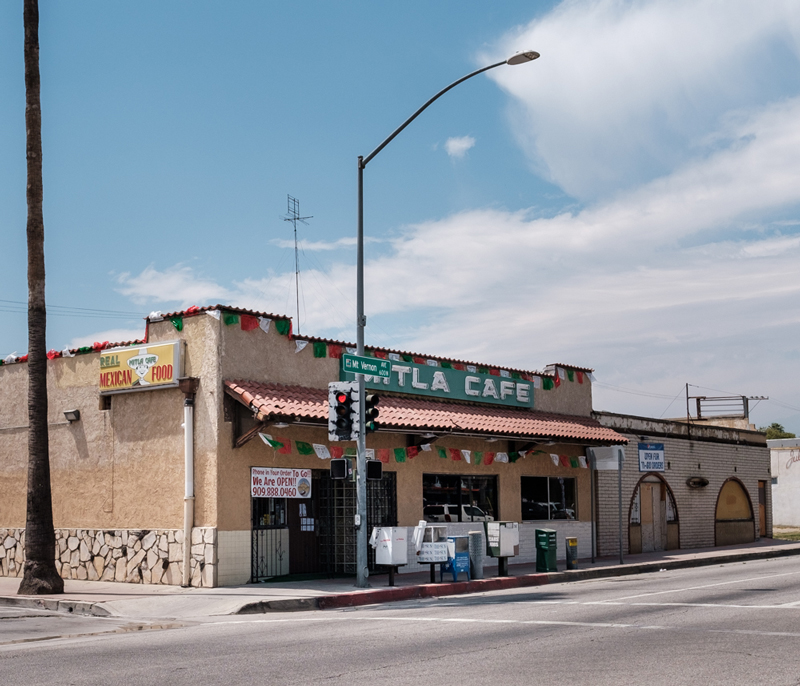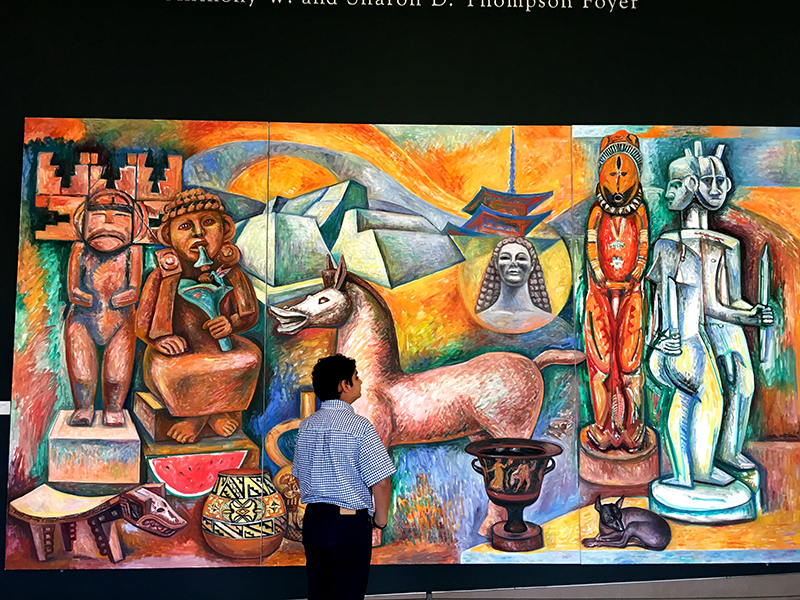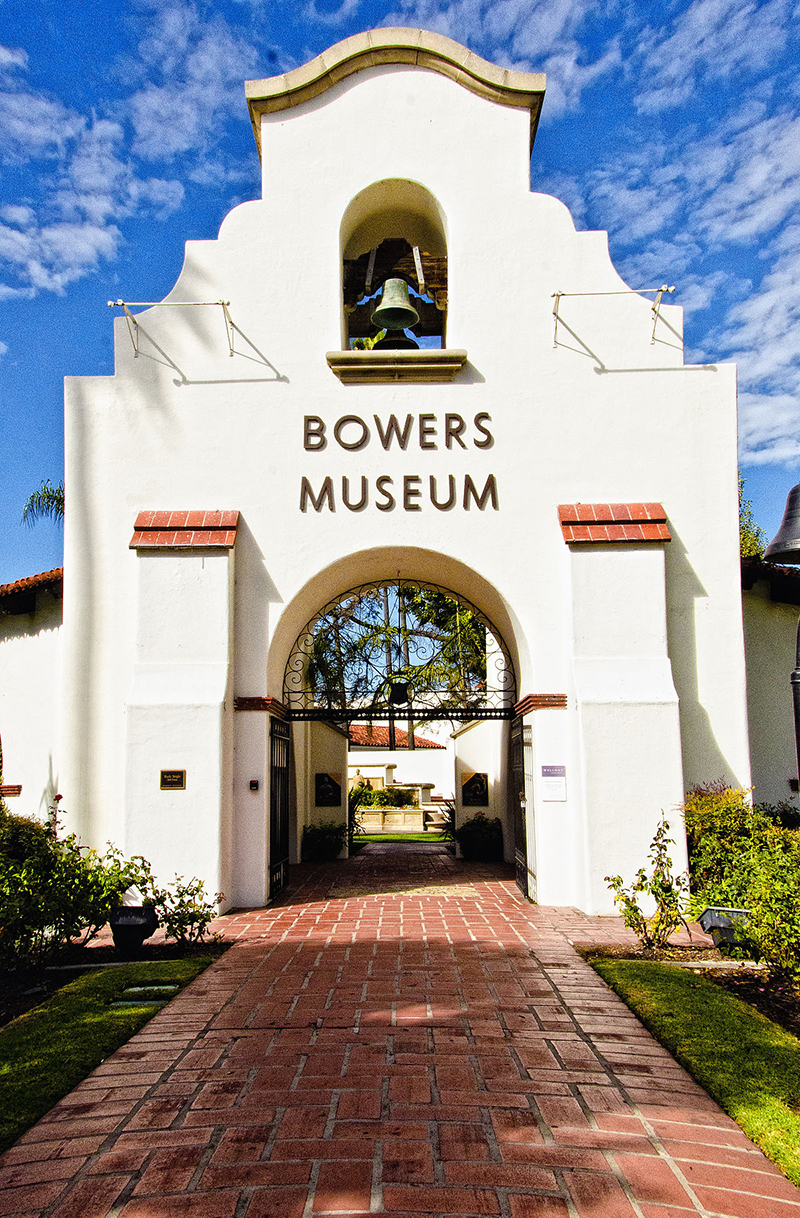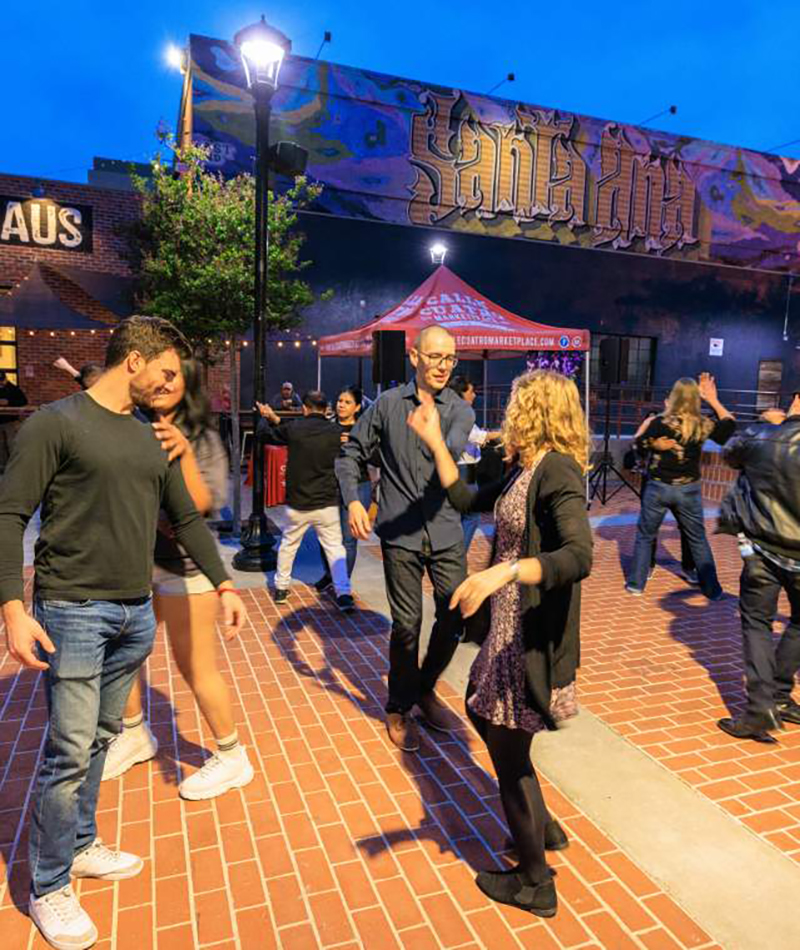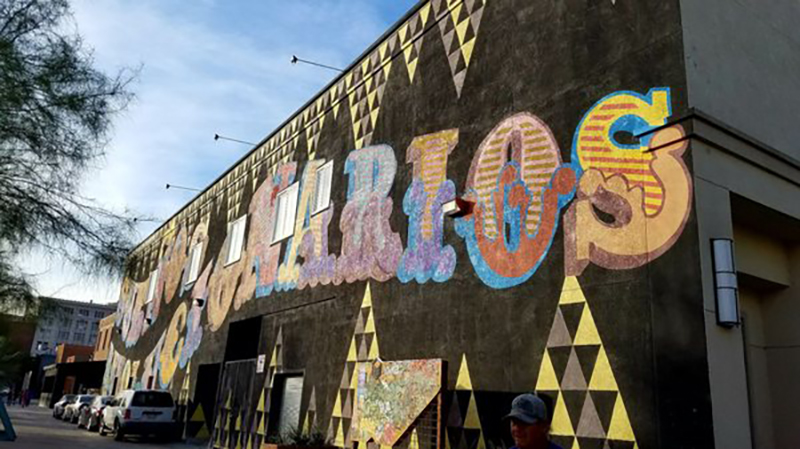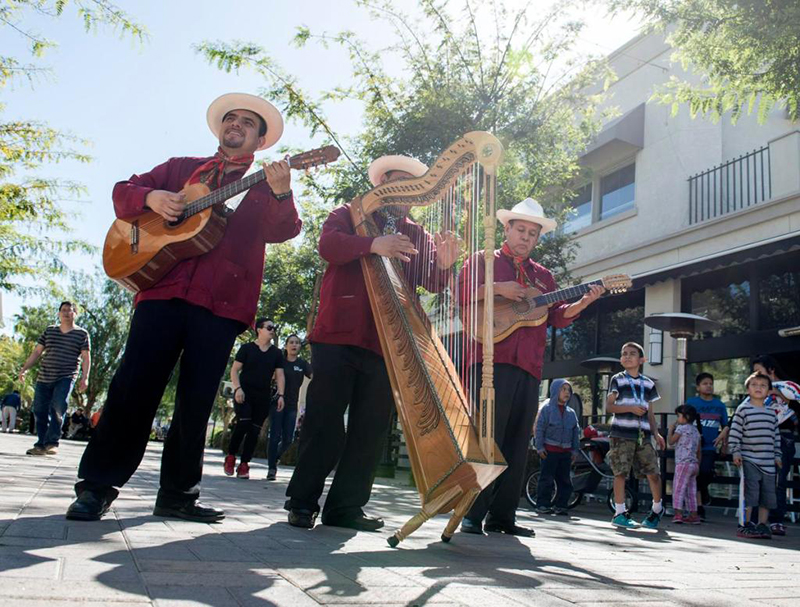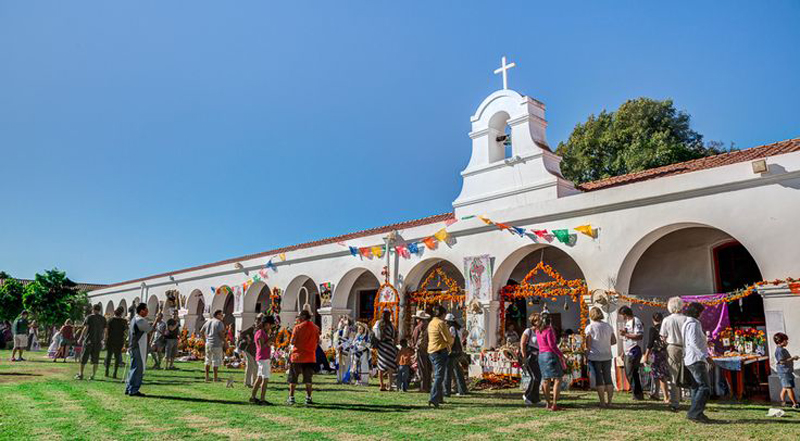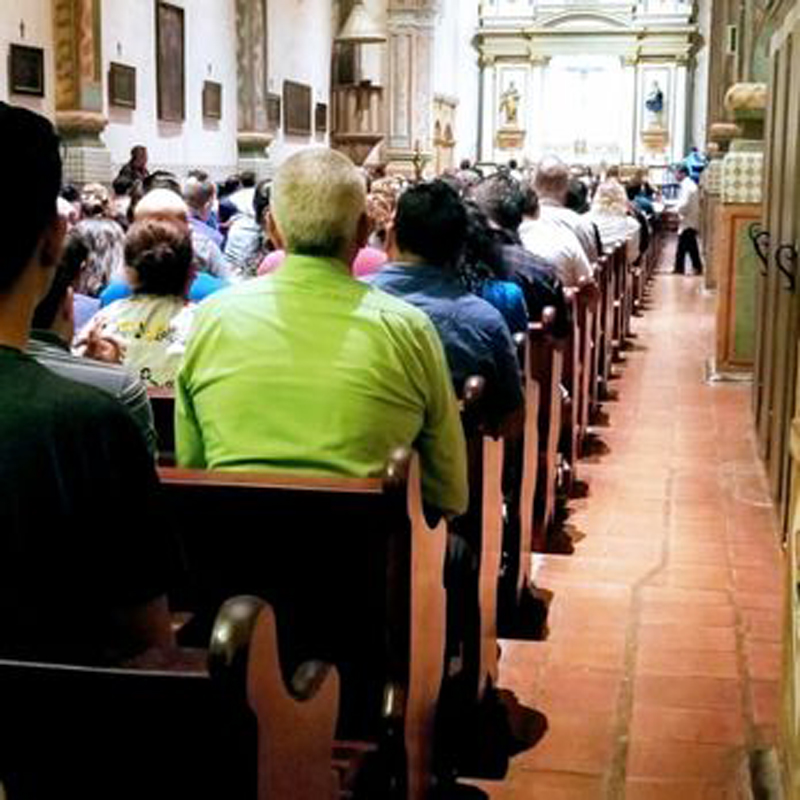Los Angeles County
Located right across from the Metrolink’s L.A. Union Station is Olvera Street, a historic district in Los Angeles and part of El Pueblo de Los Angeles Historic Monument. Olvera Street is one of the oldest streets in the city, paying homage to the deeply rooted Mexican heritage of Los Angeles. Close to Olvera Street is Plaza de Cultura y Artes. Here visitors can learn about the founding story of Los Angeles with interactive exhibits. Aside from these two locations, there are many more destinations that celebrate the Latino culture and are worth exploring, including but not limited to:
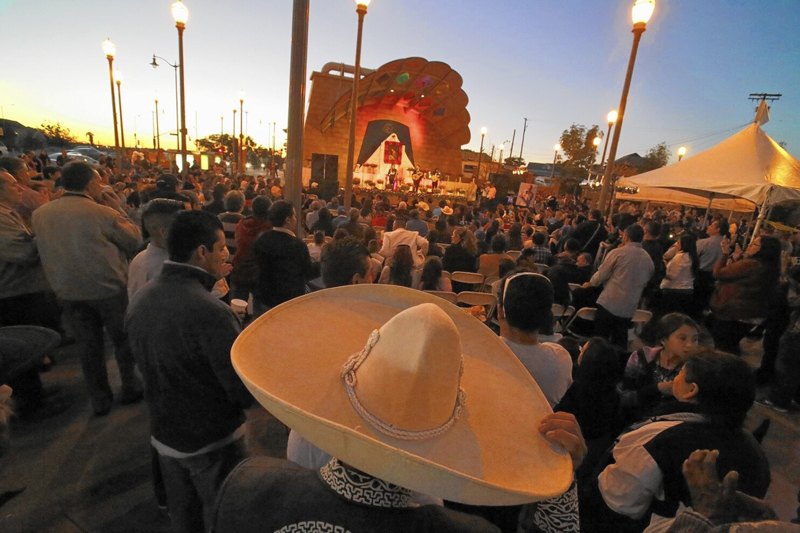
Mariachi Plaza Kiosk:
East of Downtown L.A. in the neighborhood of Boyle Heights, you will find Mariachi Plaza. This plaza is known for its history as a center for Mariachi music dating back to the 1950s. Here Mariachi musicians in their traditional embellished charro suits congregated every day in hopes of finding work as a full band, trio, or solo singer. In 1998, the State of Jalisco donated and shipped to L.A. a kiosk made by Juan Pablo Salas, a renowned stone artisan from Guadalajara. This gift provided an assembly point for the musicians which quickly became a landmark in the community and symbol of mariachi culture.
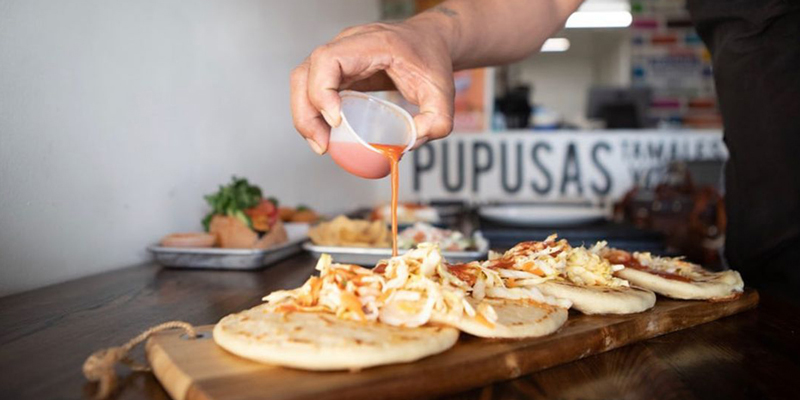
El Salvador Corridor & La Pupusa Urban Eatery:
South of Downtown L.A. near the intersection of Pico Boulevard and Vermont Avenue, you will find El Salvador Corridor, it is the first designated Salvadoran neighborhood in Los Angeles. More than 100 businesses and small markets offering Central American products make up this Corridor, which serves as a physical space for Salvadorans to feel recognized in a city comprised of nearly 1 million Salvadorans. If you want to explore the cuisine of the Salvadoran culture such as pupusas, make a stop at La Pupusa Urban Eatery, where you can enjoy authentic flavors, modern décor, and friendly staff.
